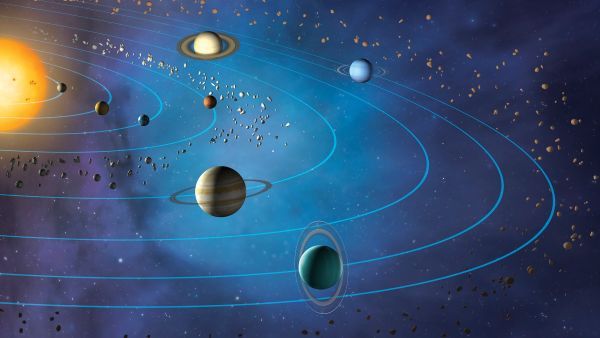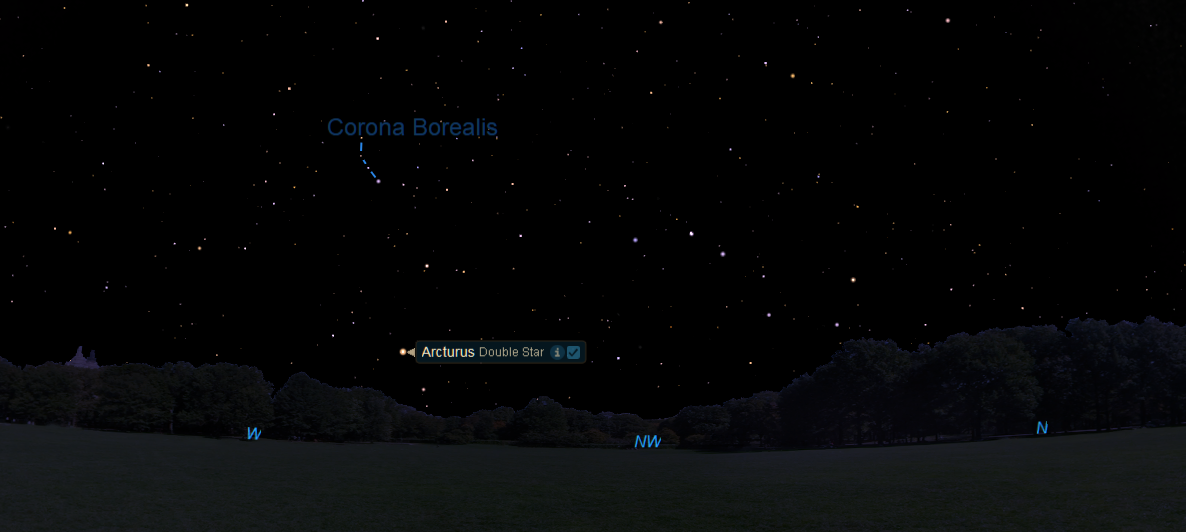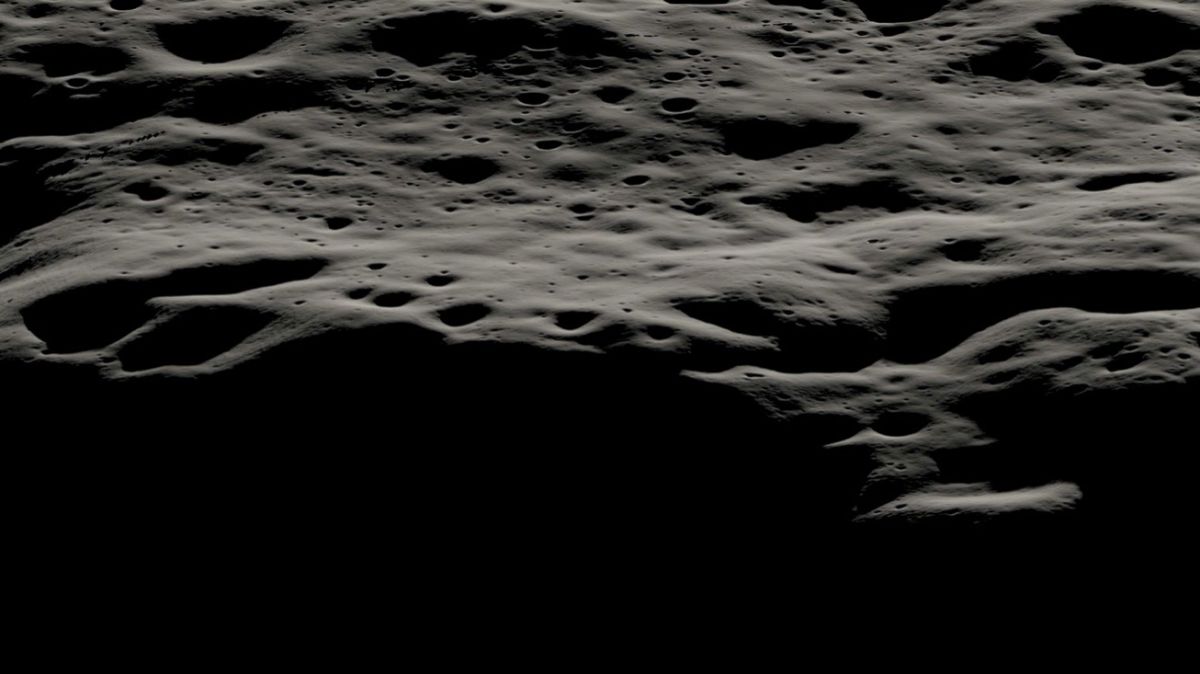Scientists have discovered the first meteorite that doesn’t fall into one of two fundamental groups. The meteorite provides a unique glimpse into the era of asteroid formation and migration. The post Misfit Meteorite Sheds Light on Solar System History appeared first on Sky & Telescope.
Read MoreMonth: September 2021
New York, New Jersey Students to Hear from NASA’s Space Station Crew
Students from New York and New Jersey will have an opportunity this week to hear from NASA astronauts aboard the International Space Station.
Read MoreWhy do the planets in the solar system orbit on the same plane?
If you’ve ever gazed at a model of the solar system, you’ve likely noticed that the sun, planets, moons and asteroids sit roughly on the same plane. But why is that? To answer this question, we have to travel to the very beginning of the solar system, about 4.5 billion years ago. Back then, the solar system was just a massive, spinning cloud of dust and gas, Nader Haghighipour, an astronomer at the University of Hawaii at Mānoa, told Live Science. That massive cloud measured 12,000 astronomical units (AU) across;…
Read MoreTwo celestial crowns for late summer
As you study the night sky and the constellations, you soon begin to realize that some star patterns come in pairs. In several cases, the brighter constellation is recognized as “major” while the smaller or dimmer constellation is designated as “minor.” We see this with two bears (Ursa) and two dogs (Canis). The star pattern known as Leo (the Lion) is so prominent that there is no need to use the “major” designation, nonetheless, there is a much smaller and dimmer constellation nearby that goes by the name Leo Minor. …
Read MoreNASA Announces Moon Landing Site for VIPER Mission
NASA’s VIPER rover will land and search for water ice in the unexplored Nobile region at the Moon’s south pole. The post NASA Announces Moon Landing Site for VIPER Mission appeared first on Sky & Telescope.
Read MoreNASA Leadership Positions Agency for Future
NASA Administrator Bill Nelson announced Tuesday the agency is creating two new mission directorates that will best position the agency for the next 20 years.
Read MoreAstronaut Akihiko Hoshide Conducts DNA Sequencing Aboard Station
Space Station Commander Akihiko Hoshide of the Japan Aerospace Exploration Agency conducts research using DNA sequencing.
Read MoreThe Last Wildflowers: Globular Clusters Greet Autumn
These four globular clusters are easy to find in autumn skies and a perfect way to welcome the season. The post The Last Wildflowers: Globular Clusters Greet Autumn appeared first on Sky & Telescope.
Read MoreNew film finds ‘The Wonderful’ aboard the space station: director Q&A
Clare Lewins did not think she was the right director for a film about the International Space Station. Approached with the idea by producer George Chignell, who she worked with on the 2014 boxing legend documentary “I am Ali,” Lewins’ first reaction was that she was “not a science-based person,” but then she began looking into who had lived on the space station. “That’s what made the difference, actually,” she told collectSPACE.com in an interview. That, and a book she was reading at the time. Joseph Conrad’s turn of the…
Read MoreNASA unveils landing site on the moon for ice-hunting VIPER rover
We now know where NASA’s first-ever robotic moon rover will touch down. The ice-hunting Volatiles Investigating Polar Exploration Rover (VIPER) will land just west of Nobile Crater, which sits near the moon’s south pole, NASA officials announced today (Sept. 20). In late 2023, VIPER will fly to the moon aboard Griffin, a lander built by Pittsburgh-based company Astrobotic that will launch atop a SpaceX Falcon Heavy rocket. “Selecting a landing site for VIPER is an exciting and important decision for all of us,” Daniel Andrews, VIPER project manager at NASA’s…
Read More

